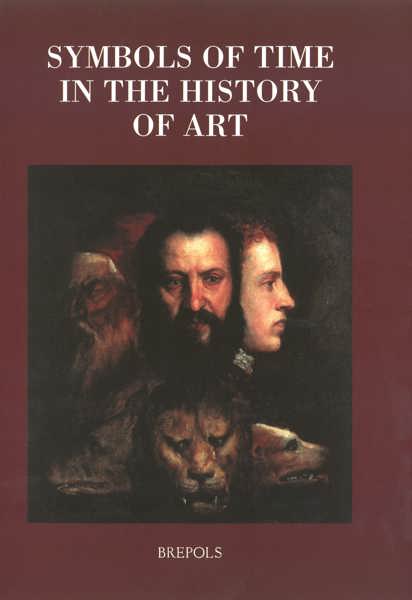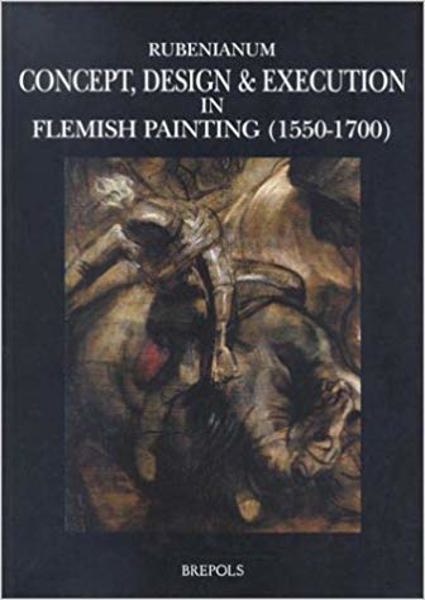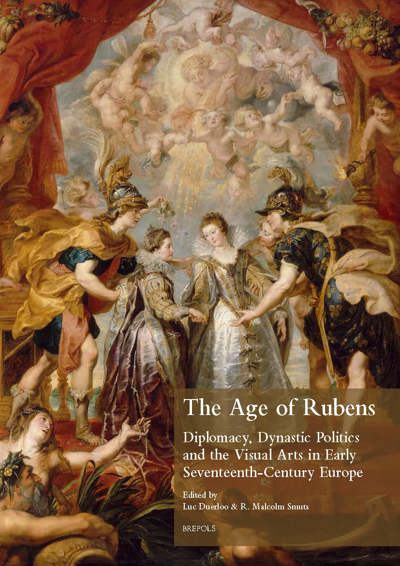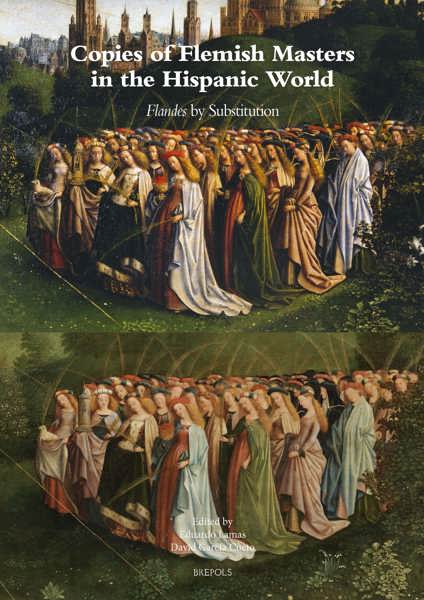
Concept, Design and Execution in Flemish Painting (1550-1700)
Hans Vlieghe, Arnout Balis, C. Van de Velde (eds)
- Pages: 296 p.
- Size:210 x 297 mm
- Language(s):English
- Publication Year:2000
- € 50,00 EXCL. VAT RETAIL PRICE
- ISBN: 978-2-503-50731-6
- Paperback
- Available
This publication on Flemish painting deals with those elements of the social and intellectual context which played a role in the realisation of any work of art, the concrete steps taken within a workshop in preparing for the production of the work, and the production through to completion of the draft.
Part One,Concept, deals with those elements of the social and intellectual context which played a role in the realisation of any work of art. This section therefore examines individual motivations and the intellectual background of artists and their patrons, as also their institutional context and working conditions.
Part Two,Design, examines the concrete steps taken within a workshop in preparing for the production of a work of art. These include the use of study materials, such as collections of exempla, as well as the stages of work required to make exploratory sketches, the finished draft and thence its transfer to the definitive medium to be used.
Part Three,Execution, focuses on the production through to completion of the draft on its support medium. This may be done by the artist himself, or through one or other method of sharing the work, such as the employing of assistants or specialists. Introduction by Frans Baudouin.
I. CONCEPT Carl Van de Velde, Status quaestionis; Elisabeth McGrath, Personifying new ideas: the influence of books and humanism on the invention of allegorical figures; Fiona Healy, The satus of mythological painting in sixteenth- and early seventeenth-century Flanders; Jeffrey Muller, The use of art by confraternities in the St.Jacob's church, Antwerp; Christine Van Mulders, Peter Paul Rubens en Jan Breughel I: de drijfveren van hun samenwerking.
II. DESIGN Arnout Balis, Status quaestionis; Jeremy Wood, Rubens as thief; Gregory Martin, The preparatory work for the Banqueting Hall ceiling; Anne-Marie Logan, Consistency and change in Rubens's preliminary drawings; Nora De Poorter, Seriewerk en recyclage: doorgedreven efficiëntie in het geroutineerde bedrijf vanJacob Jordaens.
III. EXECUTION Hans Vlieghe, Status quaestionis; Kathelijne Van der Stighelen, Van zelfbeeld tot ezel: kunstenaarsalaam op 16de- en 17de eeuwse (zelf)portretten; Konrad Renger.




